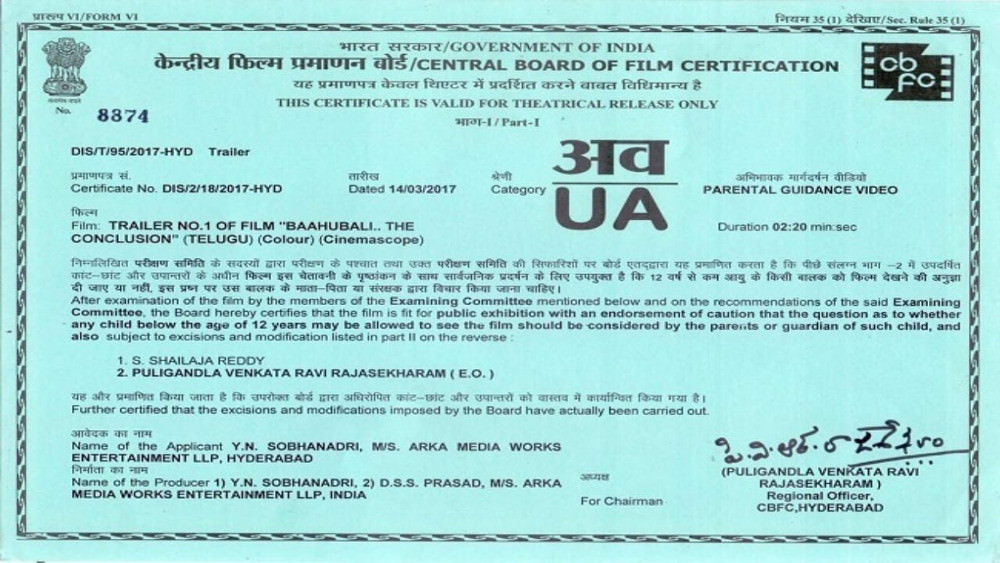Report of the Working Group on National Film Policy


India
The Working Group on National Film Policy was established in 1979 under Dr. K.S. Karath and during the rule of the Janata Party government. By the time it submitted its report in 1980 Indira Gandhi’s Congress Party had returned to power. Like the Khosla Report in 1969, the Report of the Working Group on National Film Policy (“Report”) criticised both the government’s ability to overrule CBFC decision-making and the political appointment of CBFC members (Mehta 2011). William Mazzarella (2013, 15) suggests this Report is exemplary of a circular governmental logic that repeatedly justifies Indian censorship: “censorious, repressive governments and a lack of education have kept the masses immature. . . further censorship is necessary in order to protect these illiterate unfortunates from their own worst instincts.” The Report named both the U.K. and U.S. classification systems in its consideration of the Indian approach and noted the challenges posed for both parents and censors by the demarcation between the “two extreme categories of ‘U’ and ‘A’” (GoI 1980, 77). In its recommendation for an intermediary certificate, the Report emphasised that it would be “purely advisory” and that “Ideally the decision as to whether a certified film may or may not be seen by children should rest with the parents” (GoI 1980 77). It also recommended the introduction of a “Q”, or Quality, certificate, which if granted would exempt the film from entertainment and other taxes: “We feel a separate committee attached to the Censor Board consisting primarily of film makers, film critics and people from allied arts should recommend the grant of quality certificate” (GoI 1980, 78).
Following the 1980 Report, the Cinematograph (Amendment) Act 1981 came into effect in June 1983, at which point the “Cinematograph (Censorship) Rules 1958” were replaced by the “Cinematograph (Certification) Rules 1983”. The Central Board of Film Censors was also renamed as the Central Board of Film Certification. While the recommendation for a Q certification was not followed, two new categories were implemented. The first was “UA”, or Universal Accompanied, an “intermediary certificate” (GoI 1980, 77) for universal exhibition of films but requiring parental permission from children under twelve years old to attend. The second was “S”, for special or specialists, which granted a film public exhibition to “members of any profession or any class of persons having regard to the nature, content and theme of the film.” – Liam Grealy
Further reading:
– India, Government of (1980). Report of the Working Group on National Film Policy. New Delhi: Ministry of Information and Broadcasting.
– Mazzarella, W. (2013). Censorium: Cinema and the open edge of mass publicity. Durham and London: Duke University Press.
– Mehta, M. (2011). Censorship and sexuality in Bombay cinema. Austin: University of Texas Press.